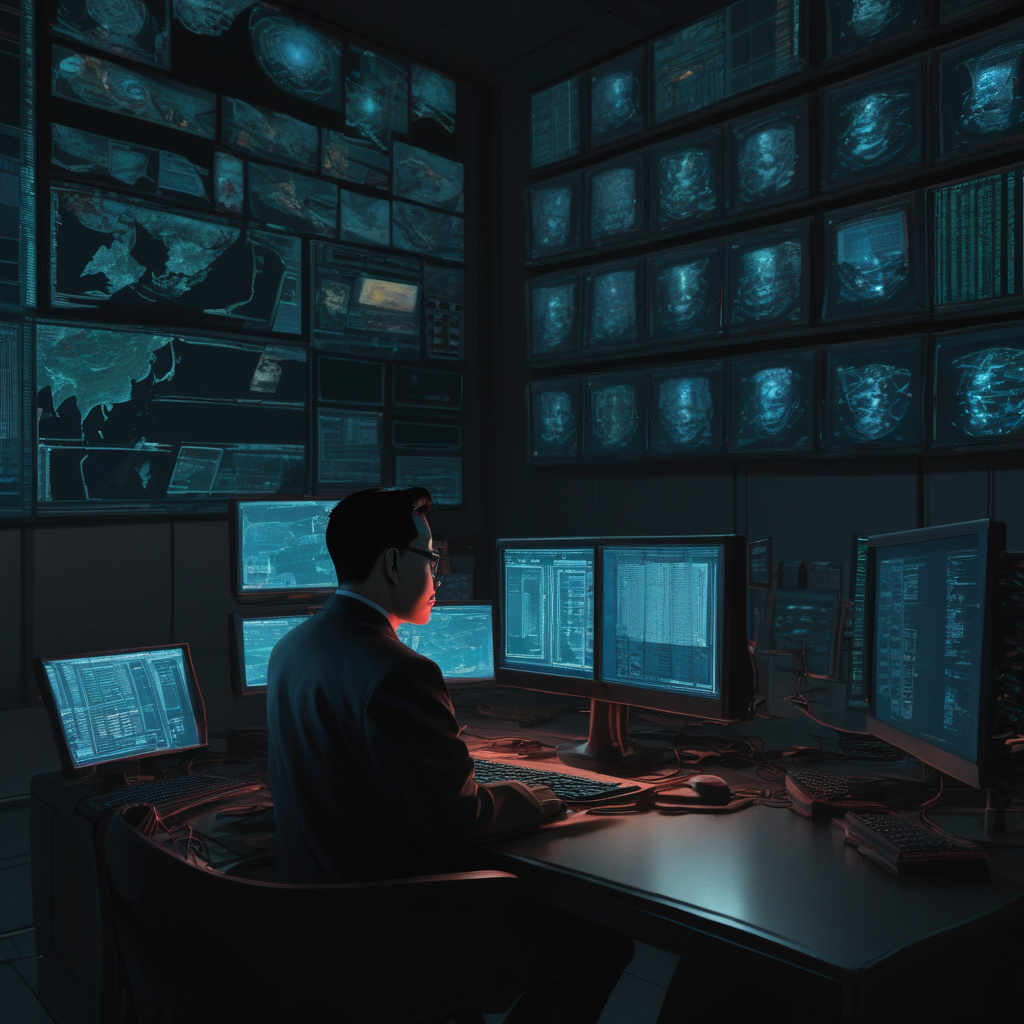In the ever-evolving landscape of cybersecurity threats, the recent activities of North Korea-linked hackers have once again brought attention to the importance of vigilance in safeguarding digital assets. The latest revelation points to a sophisticated tactic employed by a threat actor known as Kimsuky, who has been leveraging a cunning PowerShell trick to compromise devices in a new cyberattack.
This insidious method involves deceiving unsuspecting targets into running PowerShell as an administrator. Once this access is granted, the hackers then coax the targets into pasting and executing malicious code provided by them. What makes this approach particularly concerning is the level of social engineering involved, as the threat actors go to great lengths to establish credibility by masquerading as a trusted entity—in this case, a South Korean government official.
By exploiting the trust built over time, the hackers manipulate victims into running commands that ultimately lead to the compromise of their devices. This technique not only showcases the technical prowess of the attackers but also underscores the critical role of human factors in cybersecurity incidents. Even the most robust technical defenses can be circumvented when individuals are manipulated into unwittingly aiding malicious actors.
As IT and security professionals, it is imperative to stay abreast of such tactics and continuously educate end-users about the importance of exercising caution when executing commands or running scripts, especially those shared by unverified sources. Implementing strict access controls, conducting regular security awareness training, and monitoring PowerShell activity for suspicious commands are essential steps in mitigating the risks posed by such advanced threats.
Furthermore, organizations must prioritize proactive threat hunting and incident response capabilities to swiftly detect and neutralize potential breaches. Timely response can mean the difference between a contained incident and a full-blown data breach with far-reaching consequences.
In light of this latest development, it is clear that cybersecurity is a multifaceted challenge that requires a combination of robust technical defenses, user awareness, and rapid incident response capabilities. By adopting a holistic approach to security that addresses both technological and human vulnerabilities, organizations can better defend against the evolving tactics of threat actors like Kimsuky.
As we navigate the complex and ever-changing cybersecurity landscape, vigilance, education, and collaboration remain our strongest allies in the fight against malicious cyber activities. Let this serve as a reminder to all IT professionals that the threats we face are dynamic and persistent, requiring constant adaptation and a united front to protect the digital assets entrusted to our care.

